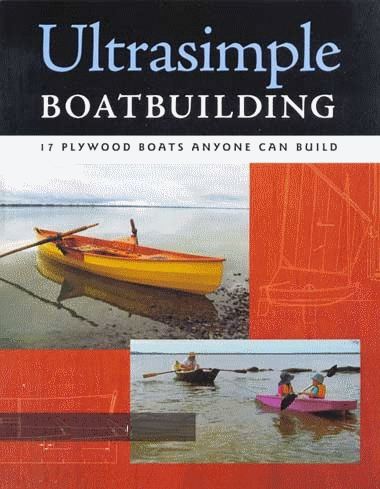
 It's been 10 days since I last posted and I have been working most days since......and it's difficult to see the progress. Sanding and fairing is a slow process. I had no major issues to fair, other than the tail of the lead keel was veering to starboard slightly, so I made a plastic shuttering and filled with wood flour thickened epoxy.
It's been 10 days since I last posted and I have been working most days since......and it's difficult to see the progress. Sanding and fairing is a slow process. I had no major issues to fair, other than the tail of the lead keel was veering to starboard slightly, so I made a plastic shuttering and filled with wood flour thickened epoxy.  That left a remarkably glass like finish.
That left a remarkably glass like finish. I took several passes of creating a smooth radius fillet between the hull and keel with fairing epoxy, using a variety of sized tubes to create the radius and the sanding with the same tubes covered in 180 and 240 grit paper. Eventually I got a passable result.
Next I went about installing the centreboard. I measured carefully from the plans where to drill the pivot pins hole in the lead. I clamped the trunk cap onto the trunk with a 30mm piece of timber in the slot so that the CB would rest in the truck at the planned level, when it is fully hoisted.
I took lines form the existing hole in the CB and extended them to the bottom of the CB where I could see them in order to line up with where I needed to drill the lead.
Armed with my trusty auger bit and brace, Siobhan helped my sight up the bit so that I drilled a reasonably straight and level hole across the lead. When I first fitted the CB, it was inclined to sit proud from the lead, at a point 20" from the pivot point, where is was sufficiently recessed.
So I had drilled the hole at the correct depth, but for some reason which I haven't quite figured, the knuckle on the CB was hitting the inside of the keel preventing it coming up (or down depending on your perspective). I had to relieve some 1/2" from the knuckle of the CB which then allowed it sit home safely contained below the bottom of the lead.
A delivery arrived from Classic Marine UK today which contained my standing and running rigging gear. I'm really looking forward to fitting all these goodies! But first I need to push ahead with painting the hull. I spent most of Saturday vacuuming around the shop and yesterday Brian and I did a final sanding then hung light polythene as a tent over the boat.
So tonight, I took the plunge and having tacked the entire hull, put on a thinned coat of underwater Hempel primer. It's like a silver paint and dried fairly quickly, I just painted the hull below the water line, as I have a separate primer for above the waterline. I'm not sure whether I am over complicating the matter with two different primers on the exterior of the hull - if anyone has any suggestions please comment below.









0 comments:
Post a Comment